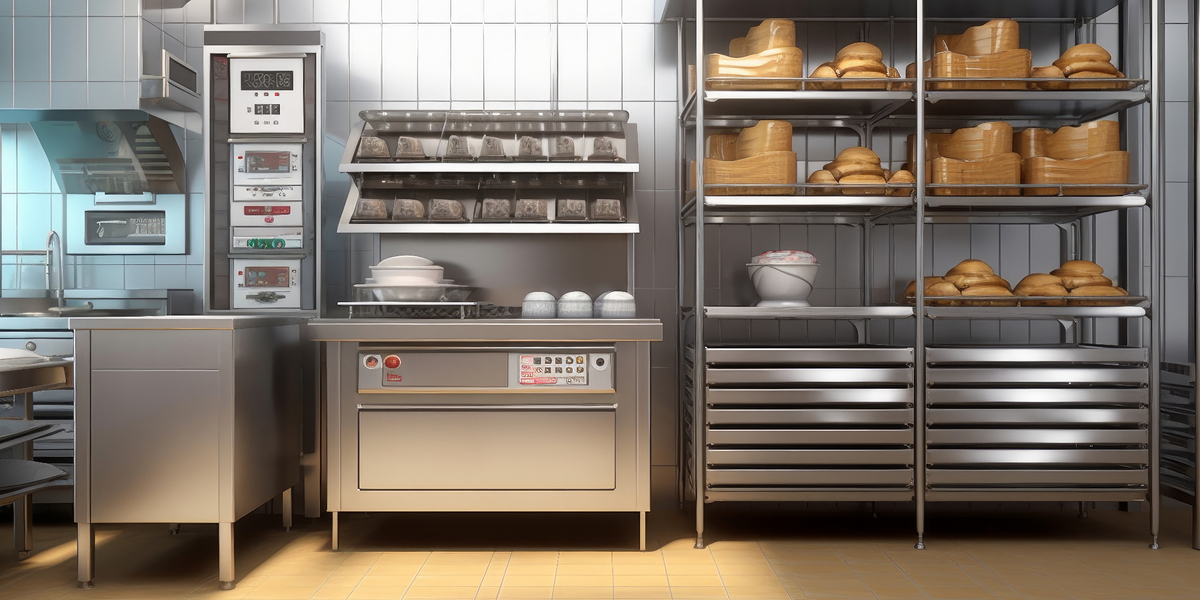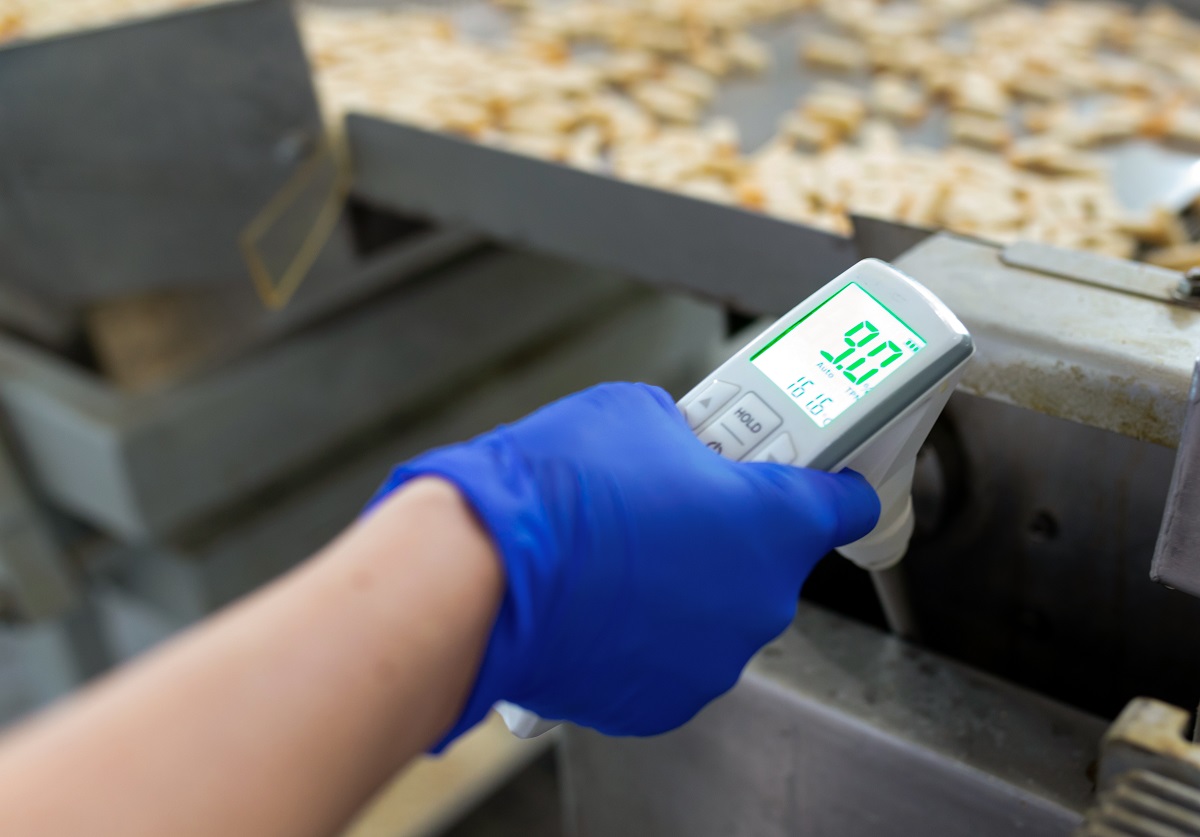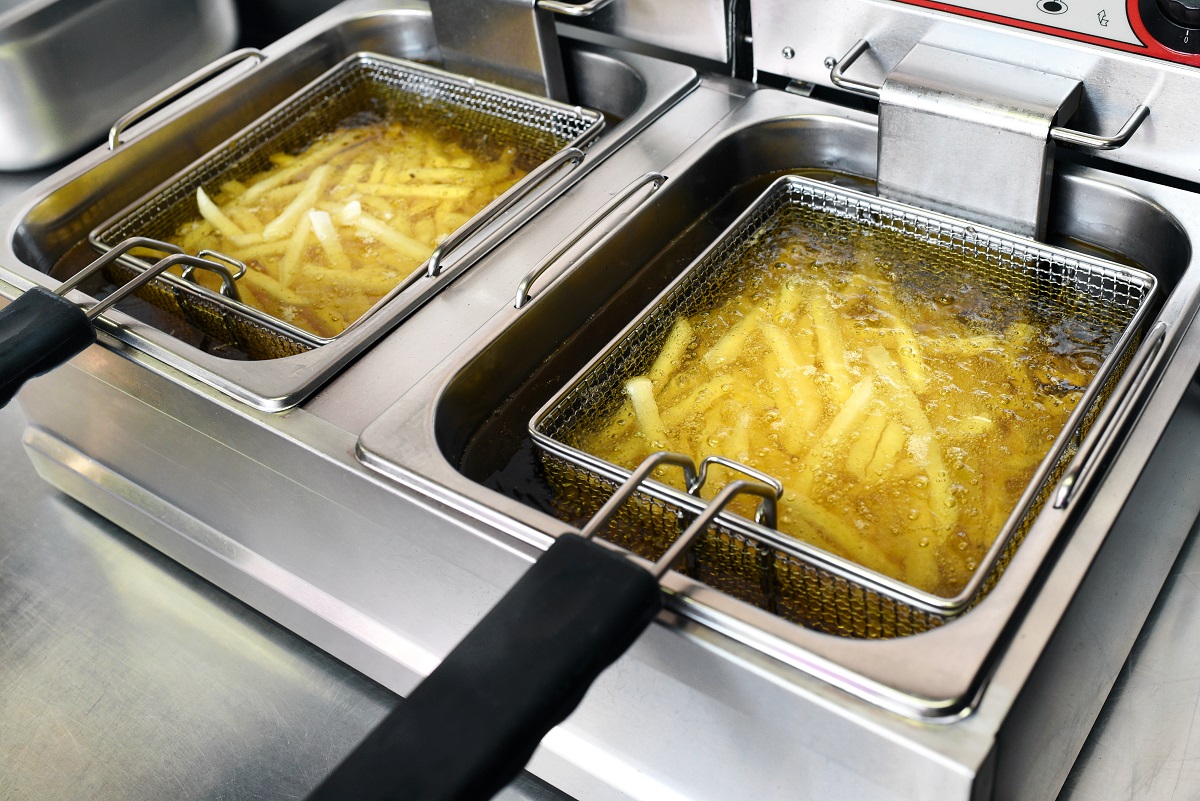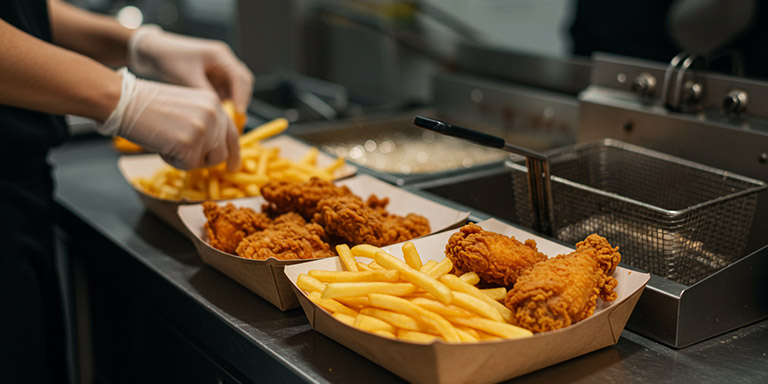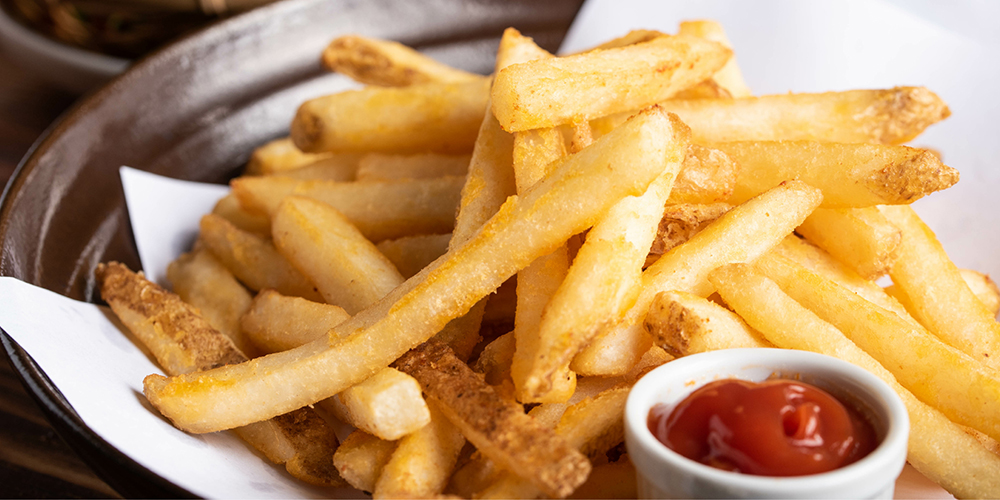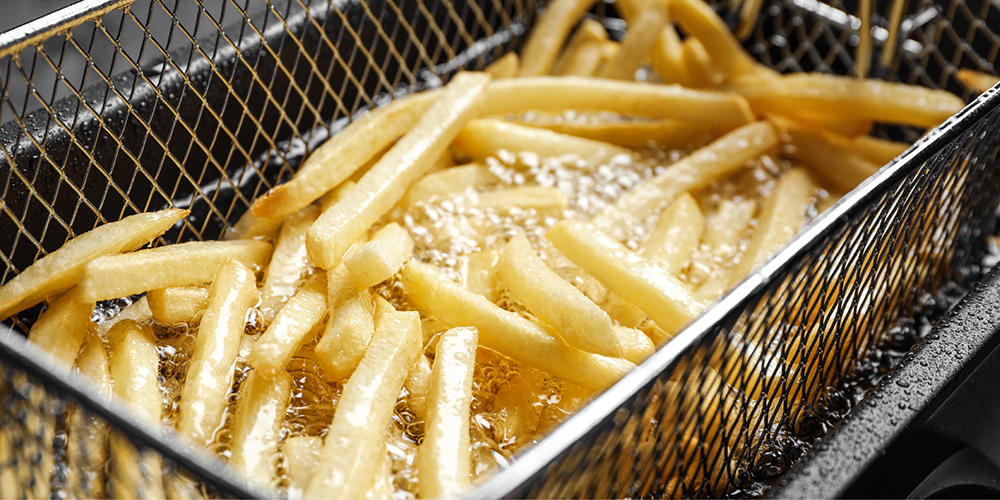As a restauranteur, you know better than most how quickly messes can overtake the restaurant kitchen.
You wipe up one spill, only for two more to magically take its place. Dust collects on surfaces you didn’t know dust could reach. Grease builds up like an impenetrable second skin on your appliances. How do you defeat this seemingly unvanquishable foe?
To wield your sponges, mops, and brooms with bravery, you need a plan of action.
Learn why you need a restaurant cleaning schedule, what you should include in it, and how to implement it effectively. Then, find out how you can automatically tame the worst restaurant kitchen messes with Restaurant Technologies.
Introduction to Restaurant Cleaning Schedules
A comprehensive restaurant cleaning schedule accounts for both front-of-house and back-of-house duties. A gleaming sit-down area ensures your guests have a safe, pleasant dining experience, and a spotless kitchen makes it easier for your staff to do their finest work.
Effective cleaning also:
- Protects guests and staff from illness and allergen exposure
- Prevents pest infestation
- Minimizes risks of injury
Not to mention, it ensures you pass your health inspections.
The FDA Food Code serves as a general health regulation guideline to keep diners and staff members safe from the risks listed above.1 Ultimately, state and local governments pass and enforce their own health codes, focusing on several important factors, including sanitation, food safety, and hazard reduction. Regulations often vary between jurisdictions, though many state and city governments are trying to standardize their codes.2
Research your area’s health regulations to find out what standards you need to hold your restaurant to. Only then can you create your cleaning schedule.
Assessing Your Restaurant’s Cleaning Needs
Not all restaurants have the same cleaning needs—the effort it takes to keep a large commercial kitchen clean far exceeds that of a small bakery or bar. Before creating your schedule, determine which daily cleaning tasks you need to tackle.
Identifying High-Traffic Areas
Understandably, the areas in your restaurant you need to clean most frequently—and thoroughly—will have the heaviest foot traffic.
In a bustling restaurant, every area seems to have a high amount of traffic. In general, though, the busiest (and therefore messiest) areas can include:
- Entryways
- Restrooms
- Halls and aisles
- Bars
- Kitchen work stations
Start building your cleaning schedule around the sponging, disinfecting, and mopping needs of these areas.
Categorizing Cleaning Tasks
Prep stations likely need cleaning during and after each shift, but how often do you have to deep-clean the stoves or storage freezers? Dividing cleaning tasks into daily, weekly, and monthly categories will make your cleaning efforts more organized and efficient.
Additionally, split tasks into separate front-of-house and back-of-house checklists. That way you can divvy up duties between different staff members with more ease and clarity.
Creating the Cleaning Schedule
Once you’ve determined your needs, you can design a restaurant cleaning schedule that accounts for all of them.
Daily Cleaning Tasks
Daily cleaning maintains your restaurant’s general hygiene. It keeps your openers happy, too.
Daily front-of-house tasks can include:
- Wiping down all dining tables, bars, and chairs
- Cleaning off menus
- Organizing silverware and napkins
- Sweeping and mopping (or vacuuming) the floors
- Cleaning restrooms
- Sanitizing high-touch areas, including door handles and railings
- Replenishing condiments, salt and pepper shakers, etc. on dining tables
Daily back-of-house tasks can include:
- Filtering fryer oil
- Emptying drip trays
- Cleaning the dishes and silverware
- Cleaning used appliances and cooking equipment
- Taking out the garbage
- Laundering soiled towels, aprons, napkins, etc.
- Sweeping and mopping the floors
- Cleaning floor mats
- Sanitizing sinks
- Organizing and dating stored food items
- Breaking down empty boxes
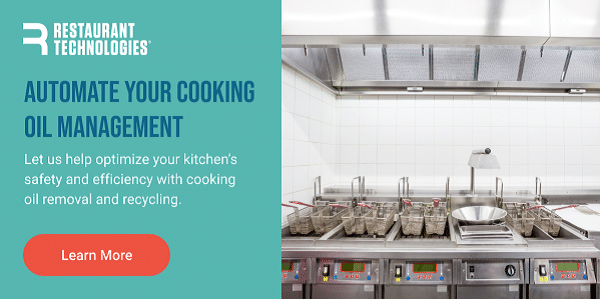
Weekly Cleaning Tasks
Weekly cleaning encompasses the tougher duties you don’t need to worry about every day, but are no less important to keeping your restaurant in tip-top shape.
Weekly front-of-house tasks can include:
- Washing windows and other glass surfaces
- Dusting light fixtures and decor
- Giving restrooms a deeper clean
- Cleaning doors
Weekly back-of-house tasks can include:
- Exchanging fryer oil (one or two times weekly)
- Cleaning range hoods and flues
- Throwing away expired inventory items
- Wiping down food storage shelves
- Inspecting pest prevention measures
- Deliming sinks and appliances
- Cleaning floor and sink drains
Monthly Cleaning Tasks
Each month, you should give your restaurant a deep clean to fully restore and protect your floors, kitchen equipment, furniture, and more.
Monthly front-of-house tasks can include:
- Waxing the floors
- Deep cleaning ceiling fans, light fixtures, and decor
- Inspecting furniture, floors, and walls for damage
Monthly back-of-house tasks can include:
- Deep cleaning all appliances, including the spaces behind them
- Sanitizing fridges and freezers
- Deep cleaning the floors
- Deep cleaning range hoods and flues
- Inspecting appliances for damage
Training Staff on Cleaning Procedures
A cleaning schedule only works if your entire staff understands it.
Importance of Staff Training
Proper training ensures all staff members understand their responsibilities and the importance of cleanliness, both in front-of-house and back-of-house.
Train your staff not only on what to clean but on how to clean. They should know the correct ways to properly:
- Disinfect high-touch surfaces
- Wash dishes
- Dispose of sensitive items, like glass
- Remove garbage
Perfecting these essential cleaning skills will prevent cross-contamination and injury. To teach your staff effectively, run demonstrations as well as group and individual practice sessions. Encourage your staff to ask questions and offer them assistance during the training process.
Lastly, never forget one of the most important cleaning procedure all staff must perform: handwashing.
Handwashing only takes about 20 seconds to complete correctly according to the FDA Food Code, yet between 33% and 73% of food service establishments fail to fully comply with their local regulations.3
Teach your staff the right handwashing practice, including when to wash. Staff should wash their hands frequently throughout their shifts, especially3:
- Before and after cooking and preparing food
- After handling raw meats and other potentially contaminating foods
- After eating or drinking
- After using the restroom
- After coughing, sneezing, or blowing your nose
Wash your hands, wash your hands, wash your hands—drill this mantra into your staff members’ minds with verbal and visual reminders. Proper handwashing practices are crucial in preventing the causes of foodborne illnesses. Your efforts will pay off when the health inspector drops in unannounced.
Providing Cleaning Checklists
Everyone loves the satisfaction of ticking a completed task off a daily restaurant cleaning checklist. Use that to your advantage in the restaurant.
Provide your staff members with a commercial kitchen cleaning checklist to help them keep track of their duties. Consider breaking the larger cleaning task into smaller steps to make them feel more manageable.
For added accountability, create one communal daily and monthly cleaning checklist that includes your entire staff’s duties. Use a whiteboard so you can reset it at the end of the day, week, or month, and so you can easily revise it when needed.
Monitoring and Updating the Cleaning Schedule
Developing your restaurant cleaning schedule marks the first step toward sanitation—now you have to put it into practice. Does your schedule look as good in reality as it does on paper?
After implementing your cleaning schedule, prove its effectiveness with regular cleaning inspections and updates.
Regular Inspections
Make sure your staff members don’t skip any corners—both literally and figuratively. During your inspections, check that staff members are:
- Performing their assigned duties
- Practicing correct cleaning procedures
- Completing their duties promptly
Many restaurant staff members dread inspections; they can add additional stress to an already stressful food service job. To alleviate your staff’s inspection anxieties, rely on constructive criticism with a clear goal for improvement, not reprimand.
Here are a few tips for conducting productive cleaning inspections:
- Point out problem areas, then provide actionable solutions
- Leave time to answer any questions staff members may have
- Let staff members offer you their own feedback
Additionally, use these internal inspections as a way to prepare your staff for more stringent health inspections. When your staff complies with your cleaning schedule, you’ll pass your next health inspection with flying colors.
Adapting to Changes
Creating and implementing a cleaning schedule will revolutionize your restaurant’s front-of-house and back-of-house operations. However, it can quickly lose effectiveness without constantly monitoring and adapting it.
Some factors that may change your restaurant cleaning schedule include:
- Ingredient and menu changes
- New hours of operation
- Updated health regulations
- New kitchen equipment
- Staffing changes
- Adopting automated cleaning and kitchen management services
Work with your staff to update the cleaning schedule and reallocate responsibilities fairly. Follow the same implementation procedures as before, focusing on training and regular inspections. Periodic re-training sessions can also benefit staff members who need to brush up on their cleaning skills.
Remember that without a proper cleaning schedule, your restaurant wouldn’t reach its full operating potential. With this goal in mind, you and your staff can wipe, dust, and sanitize with purpose.
Automate Your Toughest Cleaning Tasks with Restaurant Technologies
A comprehensive cleaning checklist for restaurants inevitably includes oil management. But who wants to handle that greasy chaos? We do.
With our restaurant oil management systems, we’ll deliver, filter, and remove your cooking oil right on schedule—and you won’t have to give any of it a second thought. We also offer automated hood cleaning solutions to keep your kitchen running like a well-oiled and build-up-free machine.
Contact us today to learn how you can check the toughest tasks off your cleaning schedule—without getting your hands dirty.
Sources:
- U.S. Food and Drug Administration. Food Code 2022. https://www.fda.gov/food/fda-food-code/food-code-2022
- National Restaurant Association. Food safety regulations: What’s changed? https://restaurant.org/education-and-resources/resource-library/food-safety-regulations-whats-changed/
- FoodSafety Magazine. Proper Hand Washing: A Vital Food Safety Step. https://www.food-safety.com/articles/3849-proper-hand-washing-a-vital-food-safety-step
